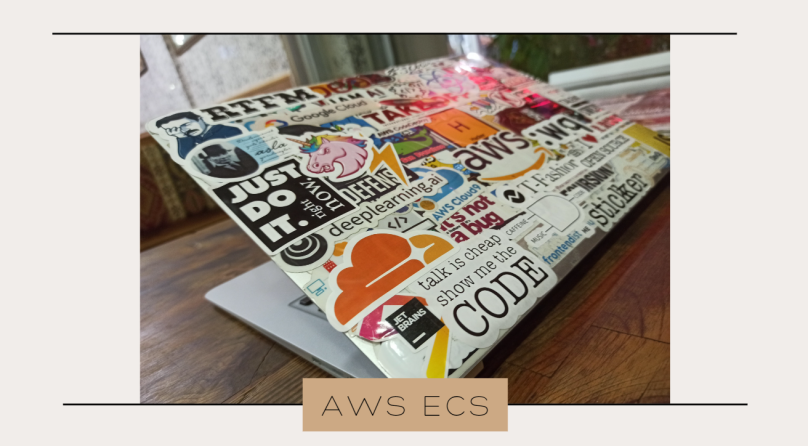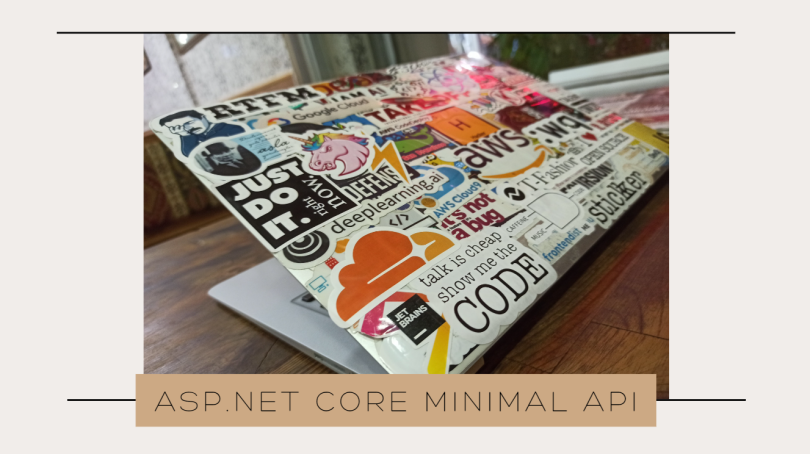In the ever-evolving tech landscape, the call for efficient and reliable ways to deploy applications is ringing louder than ever. But no worries! Thanks to robust tools like GitHub Actions, Docker, and the AWS Services, automating the deployment of ASP.NET Core applications to AWS ECS has become a lot easier.
This is our third post in the series of building a Slack Bot hosted in AWS. In this post we’ll delve into how to create and host our ASP.NET Core API on an Elastic Container Server (ECS).
💻 How to Create a Custom Slack Bot with .NET 7
🚀 Creating a Minimal API With ASP.NET Core That Interacts With AWS DynamoDB
🔧 Creating and Hosting An Application on AWS Elastic Container Service (ECS)
🚢Continuous Deployment with GitHub Actions to AWS Elastic Container Service (ECS)
Read More »

